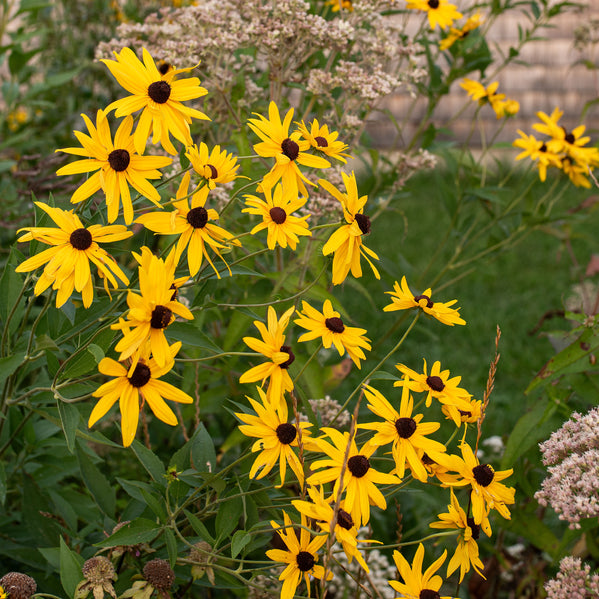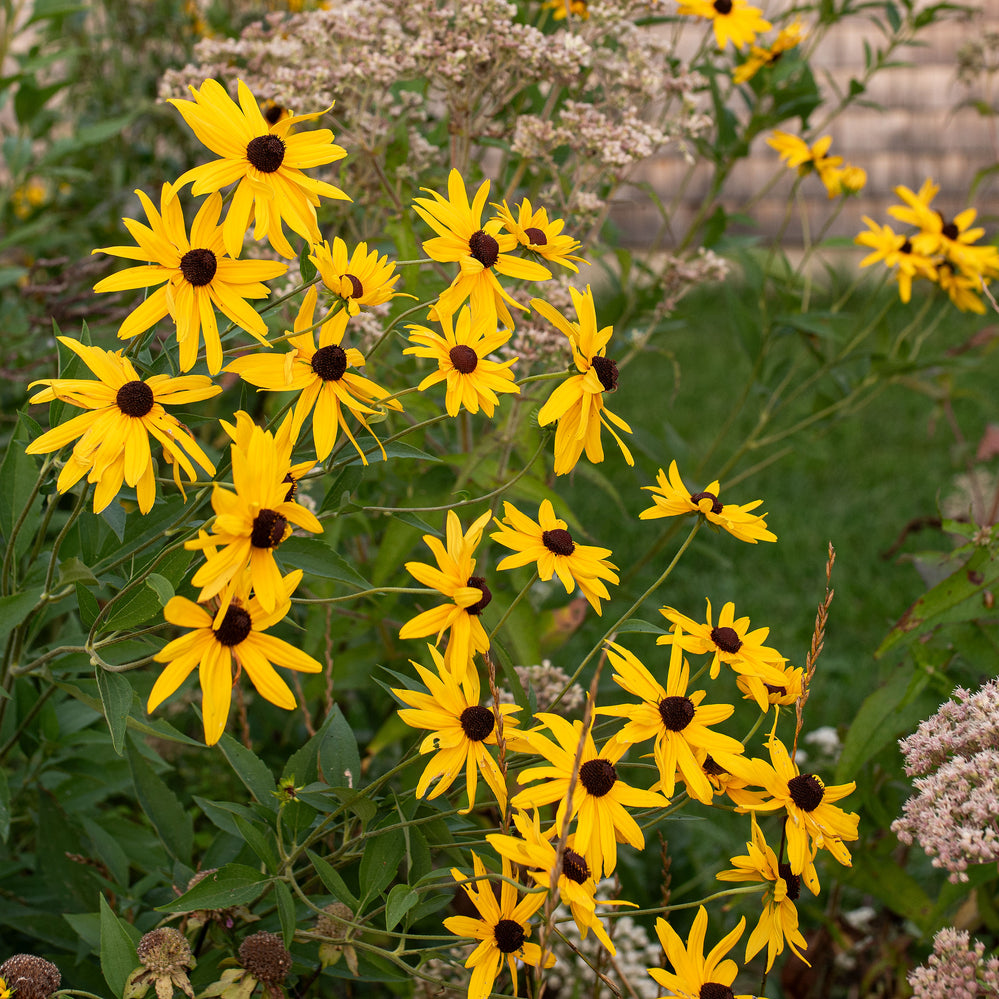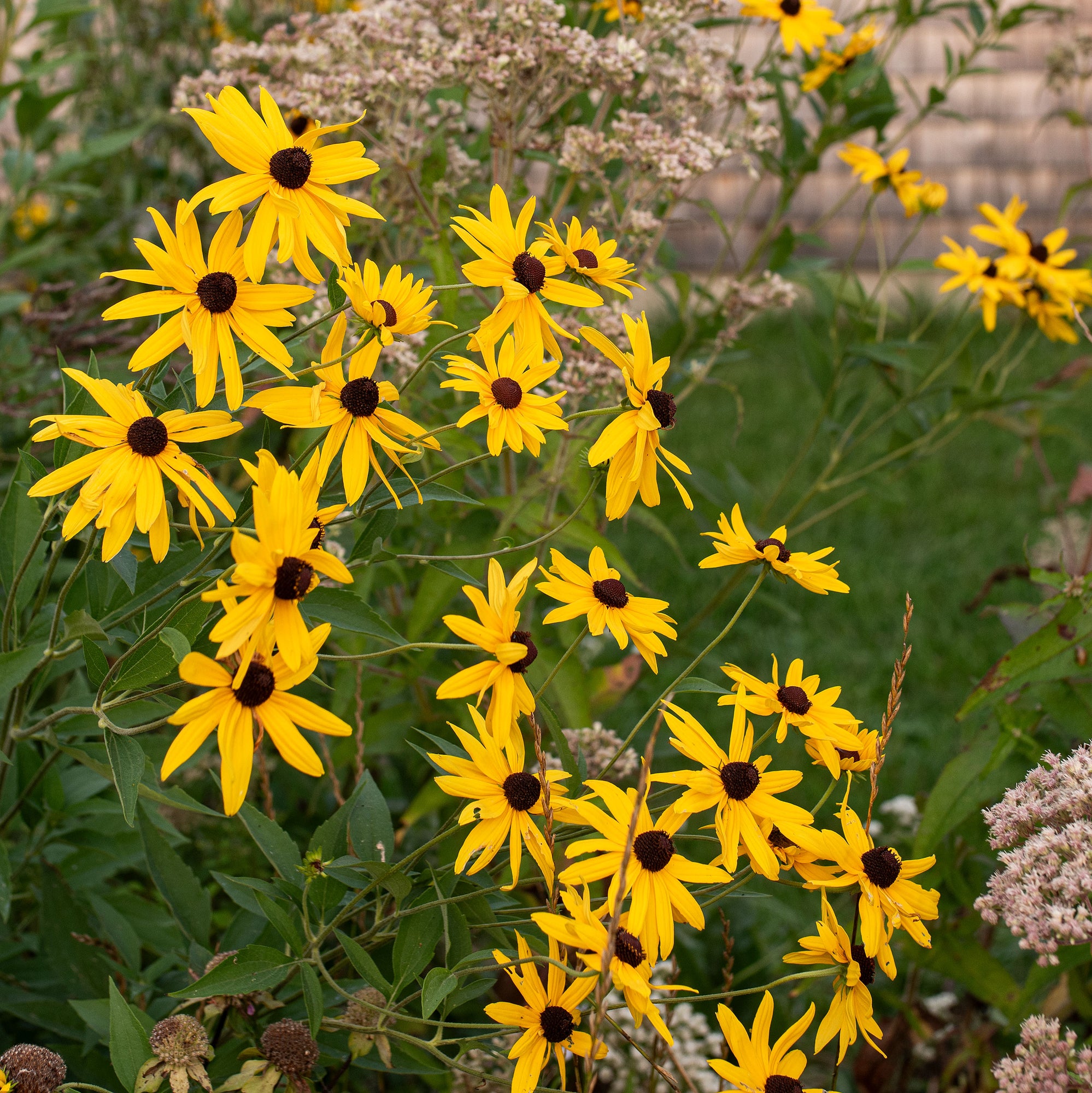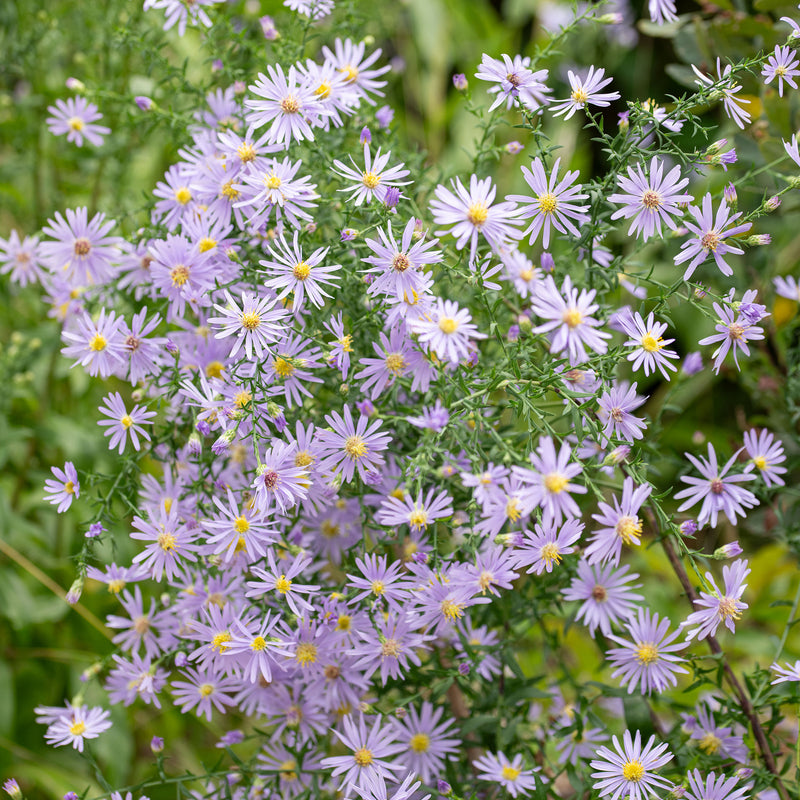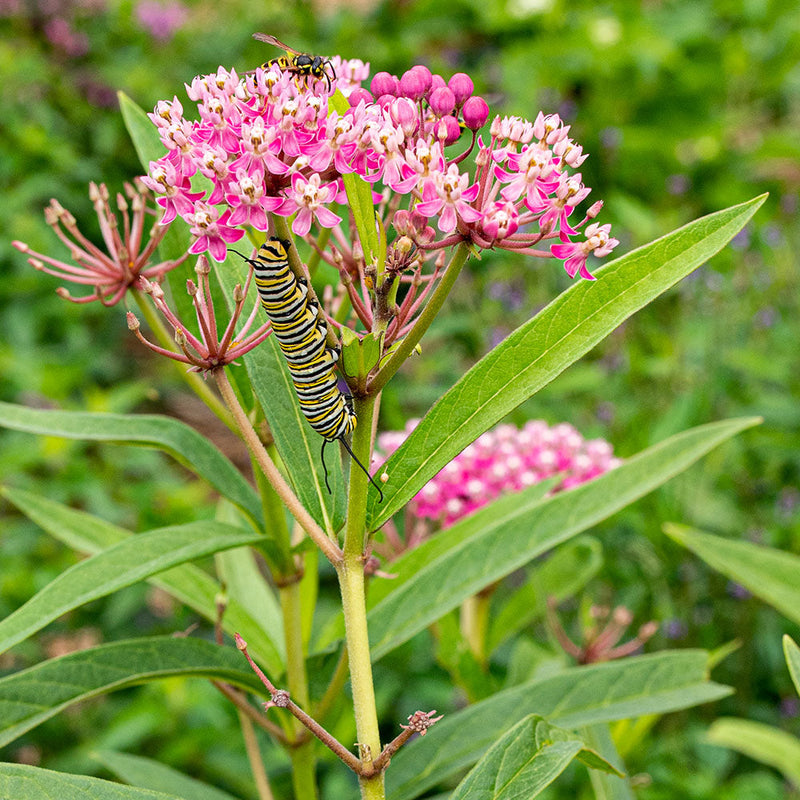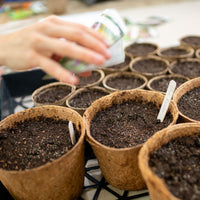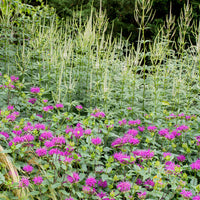SOWING INSTRUCTIONS
Depth:
Surface sow and lightly press in.
Sprout Time:
10-30 days from end of chilling period
Starting Indoors:
Stratify for 30-60 days. Sow in a container, cover with a plastic bag and refrigerate, or mix seed with damp clean sand or vermiculite, bag, and refrigerate at 35-40°F. Check often for germination and maintain a lightly moist medium. Transplant any seedlings as they germinate. After the chill period, sow into soilless media and keep at 60-65°F.
Starting Outdoors:
Direct sow in fall to early spring into prepared bed or winter sow into pots in the shade, covered with a thin layer of clean sand and a wire screen to keep out mice and voles. Check for water, keeping evenly moist.
PLACEMENT & CULTIVATION
Native to the upper Midwest states to Texas as well as New York and southern New England, sweet coneflower is a tremendous asset in moist, sunny meadow plantings, where its deep roots, sturdy stems, healthy foliage, and abundant clusters of scented golden daisies light up the garden every summer. Requiring little care, it thrives in heat and various soil types, wetter soils allowing it to grow tall to 6+ feet. Of importance to native bees, it also attracts butterflies and serves as a larval food source—later in the season, goldfinches pluck the seeds. It may require staking in wet soils or shadier locations. Self-sows.
Watering Details:
About 1" per week; do not overwater. May tolerate some drought once well-established.
Soil pH:
Prefers neutral but will tolerate slightly acidic to slightly alkaline
Fertilizer:
If soil is especially poor, mix in about 2" of compost before planting, and top dress with an additional inch each spring.
When to Cut for Bouquets:
Harvest when flowers are fully open.






























